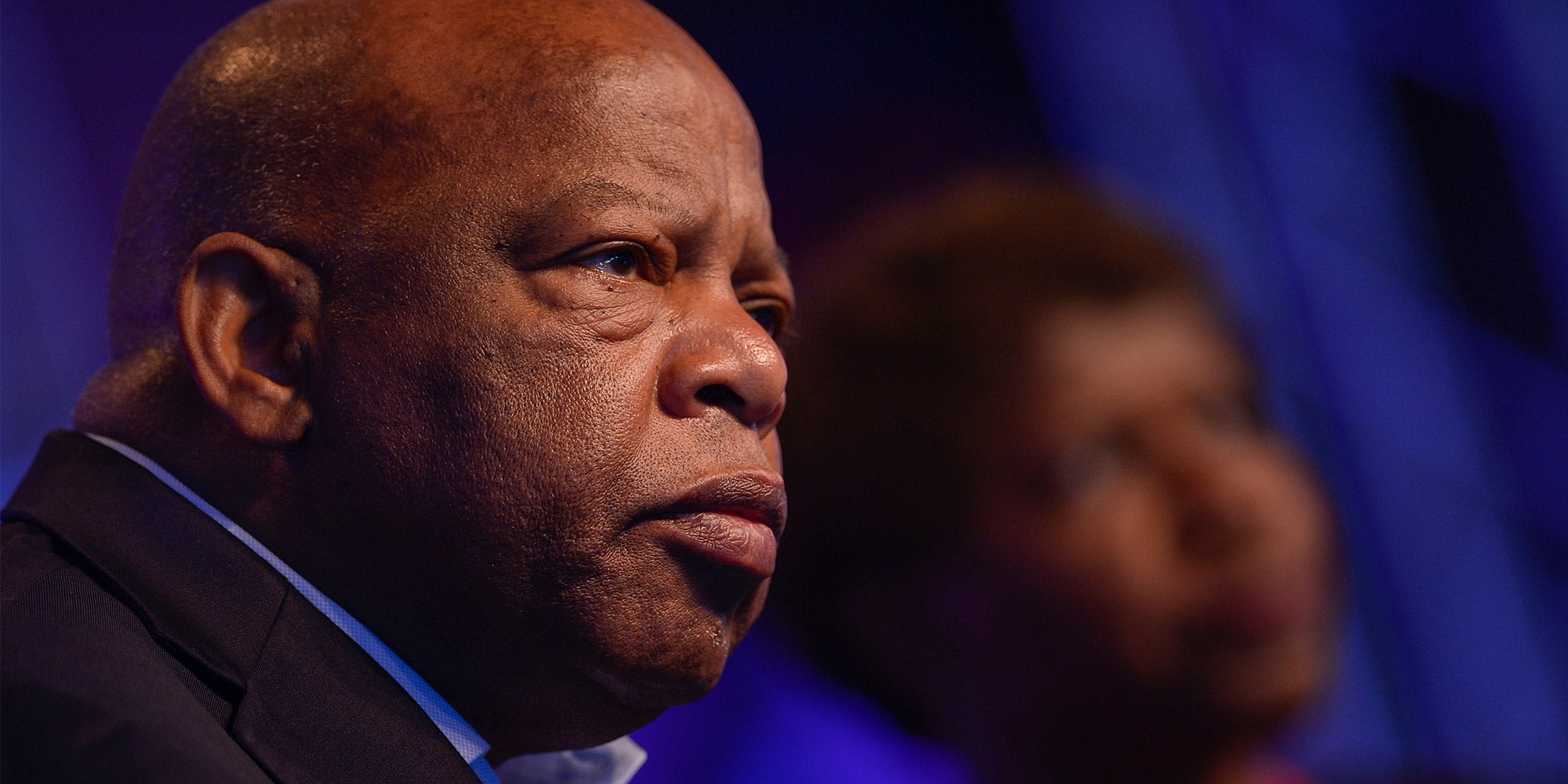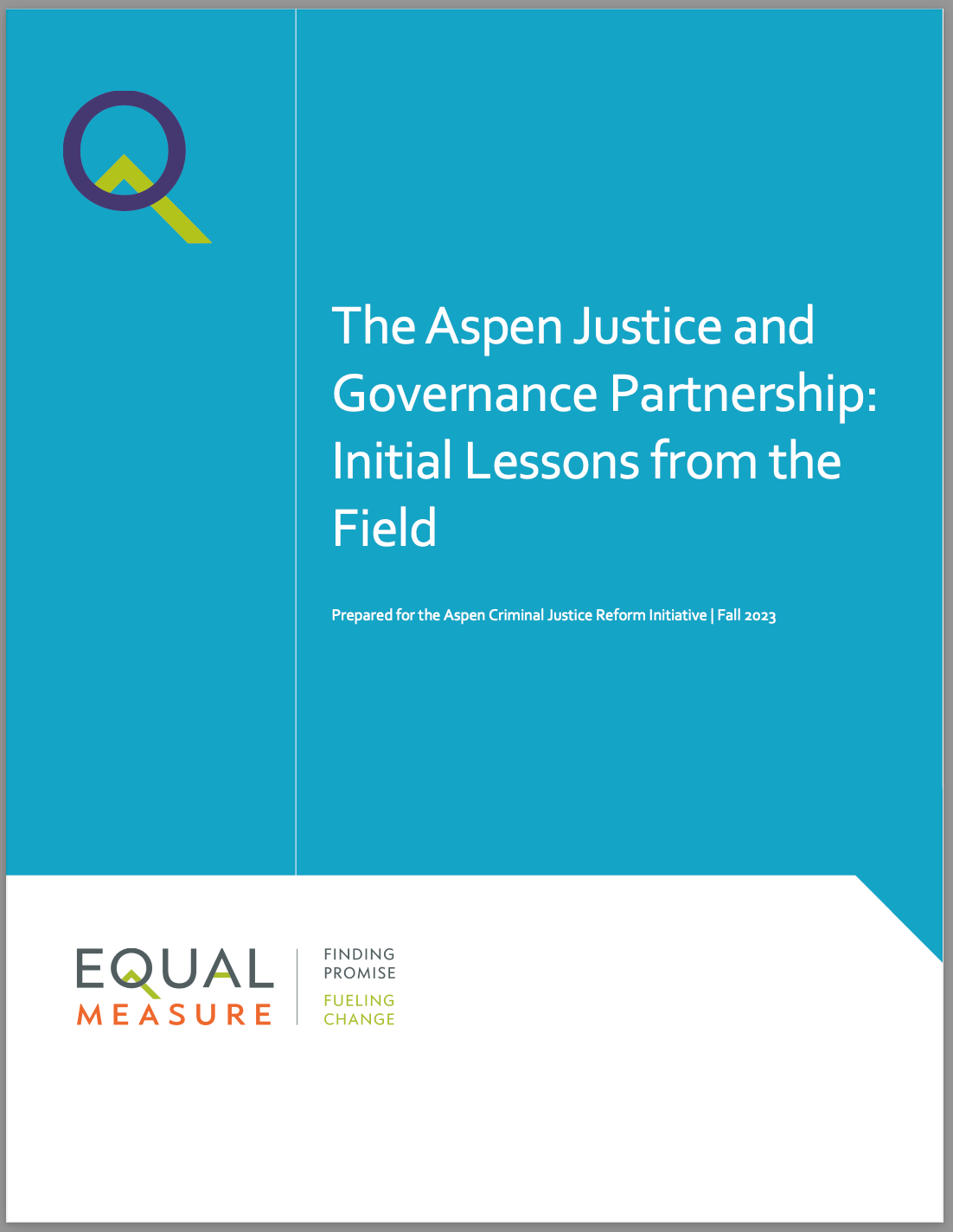As a son of the American South, the recent deaths of the Rev. C.T. Vivian and Congressman John Lewis made me reflect on the struggles of the 1960s Civil Rights movement and its parallels today. I’m currently rereading Pillar of Fire: America in the King Years, 1963-65 by Taylor Branch. In the book, Branch notes that “the day after the Birmingham church bombing, the FBI’s intelligence division recommended not only an expanded program of wiretaps but also a campaign of covert, extralegal FBI warfare against the civil rights movement.” As leaders in the movement, Rev. Vivian and John Lewis were the subjects of unwarranted FBI surveillance. The Bureau’s Assistant Director William Sullivan asserted that it was a justifiable war measure for a nation “engaged in a form of social revolution.”
This warfare is still being used—and justified—today.
Biometric surveillance such as facial recognition is increasingly used by law enforcement agencies as a means of “precision policing”—an approach aimed at tracking individual criminals and targeting investigations. During the protests that followed the deaths of George Floyd and Breonna Taylor, the US Department of Homeland Security used aerial surveillance to film demonstrations in 15 cities through a digital network called “Big Pipe.” These data can be shared with other federal agencies and local law enforcement and stored for up to five years. The challenges around the efficacy of facial recognition technologies (FRTs) are well documented. Alarmingly, the misidentification of individuals—in some cases resulting in wrongful arrests—disproportionately affects people of color.
According to a recent study by the National Institute of Standards and Technology, the algorithms of FRTs exhibit demographic differentials whereby “false positives are highest in West and East African and East Asian people, and lowest in Eastern European individuals.” The study further asserts that with respect to mugshot images, “the highest false positives are in American Indians, with elevated rates in African American and Asian populations.” The Algorithmic Justice League published an extensive analysis of the challenges with FRTs and deemed using face identification to match a suspect against a felony database and using police body cams for facial recognition as “high risk.” Body cams were considered particularly risky not only over concerns about the demographics of subjects and abuses of the criminal justice system but also the qualifications of the individual police officers using the technology.
Behind these flaws is the issue of “terministic screens,” an idea introduced to me in graduate school by Stanford University professor and rhetorician Dr. Andrea Lunsford. An individual’s terministic screen is shaped by the signs, symbols, words, and connotations that determine how they view, see, and act in the world. Seriously flawed biases embedded in algorithms are shaped by the developers’ terministic screens. Information transmitted by a surveillance video, as seen through the terministic screens of those in the legal system, may lead to even more detrimental and substantive criminalization of people of color.
What is critically needed is more rigorous design of FRTs— particularly with respect to validity and reliability procedures—coupled with comprehensive training for users. The Algorithmic Justice League has called for policymakers to address the risks of the use of FRTs and has called for them to “require oversight and guidance for industry practice, norms, procurement procedures, and categorical bans where deemed appropriate.” This must all be done in collaboration with the communities most affected by over-policing.
Although companies such as Amazon, Microsoft, Google, and IBM have recently banned law enforcement from using their facial recognition technology, Northeastern law professor Woodrow Hartzog notes that surveillance inertia is difficult to resist. “Norms get set and tools become entrenched,” he warns. “We’re still dealing with the supposedly temporary surveillance authorized almost 20 years ago in the wake of 9/11.”
If a revolution is indeed happening again in America, let us be fully aware of the social controls that will try to contain it. Communities must stay alert and work with law enforcement to strike the right balance between civil liberties and public safety. Without oversight, facial recognition technologies and other forms of biometric surveillance will be systematically weaponized against Black and brown lives. And our struggle will continue.


